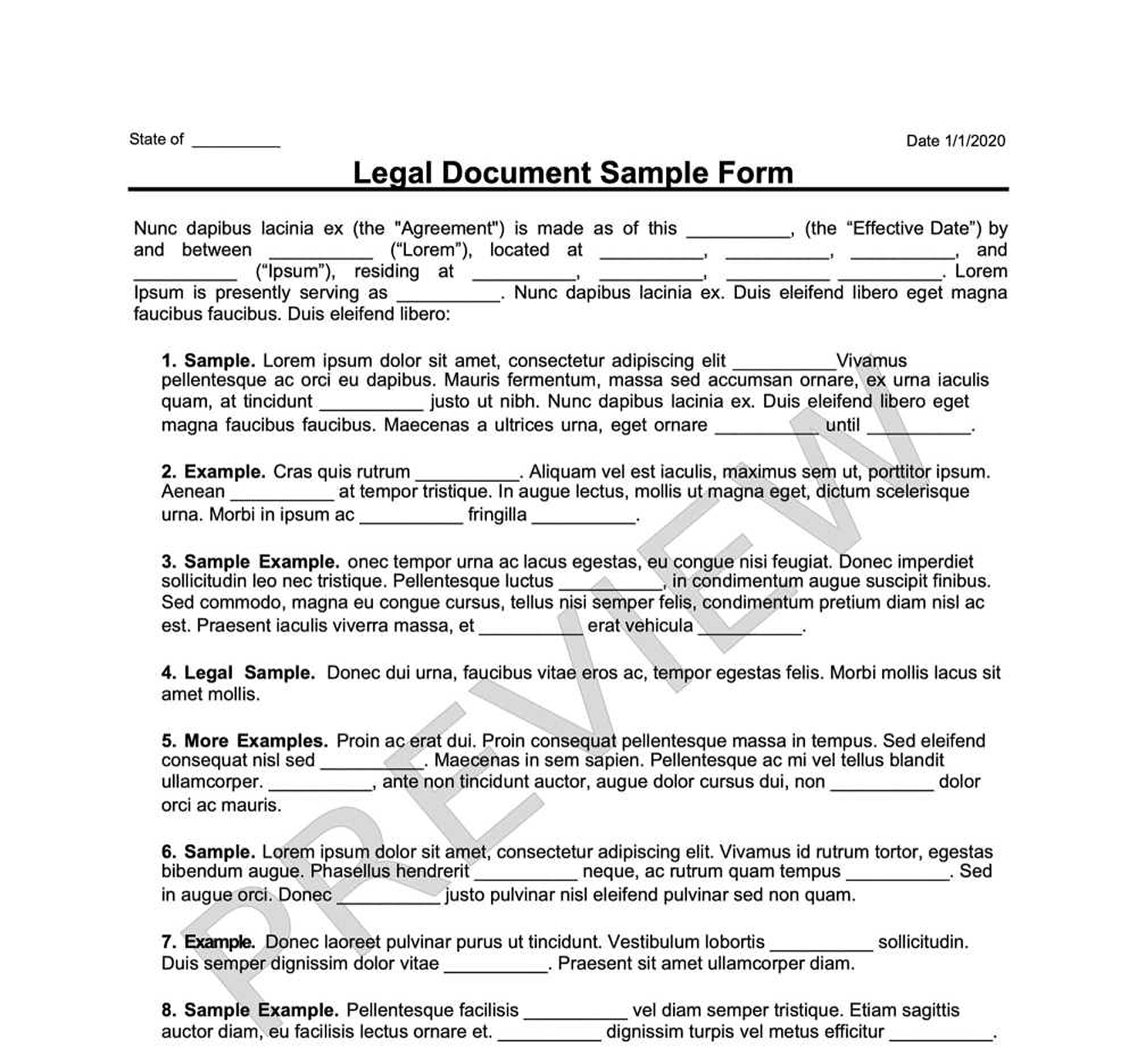Transfer on Death Deed
A Transfer on Death Deed is one of the simplest ways to ensure your wishes would be fulfilled after your passing.

How it Works
Build your selected document.
Answer a few simple questions with step-by-step instructions.
Print & download forms instantly. Sign & make it legal.
What Is a Transfer on Death Deed?
When beginning this process, keep in mind your will may take years to execute. In addition to all the stress your immediate family needs to cope with after your death, they may have to go through the costly and enervating probate process. Depending on your state, it might be possible to spare them the above.
If you've already decided whom you wish to leave your property to upon your passing, one option is to draft a Transfer on Death Deed. This document would allow your beneficiary or beneficiaries to skip probate.
What Is a Transfer on Death Deed?
A Transfer on Death Deed is a document allowing you to choose who would receive the ownership and deed of your property in the event of your death. You can name one or more beneficiaries who have no special rights while you're alive.
After the death of the benefactor, the beneficiary can lay claim to the estate. If the property belongs to a married couple, it is possible to create a Transfer on Death Deed for a couple. In this case, one spouse's death would leave the property with the surviving spouse, who will have the right to revoke the Transfer on Death Deed or create a new one.
A Transfer on Death Deed supersedes any existing statement of claim(s) to your property, including the will.
Other Names for Transfer on Death Deed
Depending on your state, a Transfer on Death Deed may also be known as:
-
TOD Deed
-
Beneficiary Deed
-
TOD Instrument
-
Deed Upon Death
-
Lady Bird Deed
Who Needs a Transfer on Death Deed?
A Transfer on Death Deed may be a good move if you:
-
Intend to give ownership of your estate to someone but not during your lifetime.
-
Would like to avoid probate.
-
Wish to preserve the ownership and control of your property until your death.
Why Use Swyft Forms for Your Transfer on Death Deed
Customized for you, by you
Create your own documents by answering our easy-to-understand questionnaires to get exactly what you need out of your Transfer on Death Deed.
Right for your state
Each document on Swyft Forms is customized for your state.
How to Create a Transfer on Death Deed with Swyft Forms
Creating a Transfer on Death Deed is not a complicated process, but state laws must be considered while making the document. It is required of you to use distinctive terms and your beneficiary's legal name or beneficiaries in the selection of whom would be your most important decision regarding the deed.
Let Swyft Forms help with our extensive library of attorney-vetted legal forms. The process is fast and easy. All you have to do is fill out our easy-to-understand questionnaire. Once complete, simply download your form as a PDF or Word document from your secure online account.
What Information Will I Need to Create My Transfer on Death Deed?
To create your document, please provide:
-
Legal Description of the Property: You can find this information in the country recorder's office or on the deed or survey of the property in question.
-
Name of Beneficiary(ies): It is critical to use the beneficiaries' full legal names, including your relationship with them. It is not acceptable to use general terms (e.g., "my son") to describe beneficiaries.
Transfer on Death Deed Terms
-
Beneficiary: The person receiving the ownership of your real estate after your passing.
-
Estate: The property the beneficiary will inherit after your death.
-
Deed: A legal document transferring the ownership of a property from one party to another, which in this case would be from you, the benefactor to the beneficiary.
-
Deceased: In the context of a Transfer on Death Deed, the person whose death initiated the ownership transfer.
Transfer on Death Deed Signing Requirements
To be valid, a Transfer on Death Deed has to be signed, recorded, and notarized. The precise signing requirements vary by state. However, most states typically require the signature of the current owner only. Beneficiaries are not required to sign.
It's also important to note that not all US states allow Transfer on Death Deeds (more under FAQs).
What to Do with Your Transfer on Death Deed
The Transfer on Death Deed must be documented in public records to be considered valid. This requires taking the document to the county recorder's office, where it will be stamped and recorded for a fee.
Upon the passing of the benefactor or grantor, the beneficiaries or grantees must obtain the benefactor's death certificate for presentation at the relevant county's Office of Recorder of Deeds. They can then instantly become the new owners.
Other Names for Transfer on Death Deed
- Transfer on Death Deed Form
- Transfer on Death Deed Document
- Transfer on Death Deed Agreement
- Transfer on Death Deed Contract
- Transfer on Death Deed Template
- Transfer on Death Deed Checklist
Who Needs a Transfer on Death Deed?
Why Use Swyft Forms for Your Transfer on Death Deed
Customized for you, by you
Specific to Your Jurisdiction
Why choose Swyft Forms?
Create professional documents for thousands of purposes.
Make unlimited documents and revisions.
Our documents are vetted by lawyers and are applicable to all 50 states.
